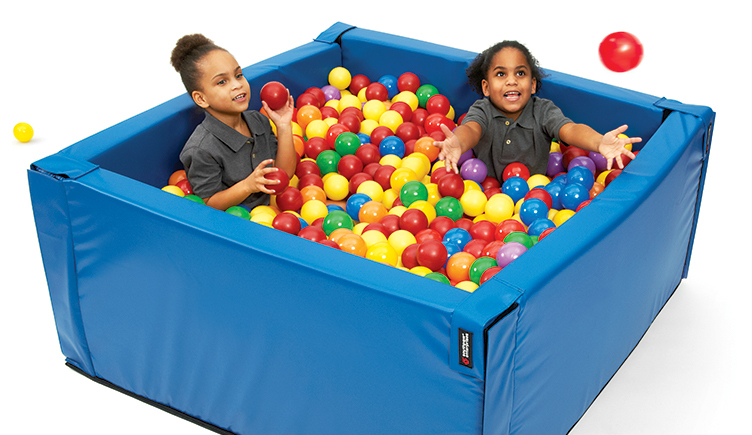Sensory integration is defined as “the neurological process that organizes sensation from one’s own body and from the environment and makes it possible to use the body effectively within the environment.”1 Occupational therapists need to understand the various senses the body perceives and be able to assess how sensation impacts a person’s occupational performance as a step toward understanding sensory integration. This understanding informs our intervention planning and recommendations to clients based on their goals. As an educator, I strive to ensure that my students learn the importance of sensory impacts on an individual, no matter the individual’s age. My approach has been based on active participation. As humans, we learn by doing.
In a lecture-based course, I introduce various sensations to the occupational therapy students during the in-seat class time. This is done by clustering similar types of sensations in each session. Throughout the class, the students incorporate various sensory strategies into their learning to see how it impacts them personally, and then write up a brief reflection. Some things enhance their learning, while others distract from their learning. This spurs later conversation between students about sensory preferences and helps them recognize how sensation impacts each person differently.
For example, in one class session we explore various seating options. After learning how to use the options safely, students can try CanDo Sitting Wedges, Zuma Rockers, FitBALL® Wedges, Feetballs and single-leg stools. They sit on each option for about 10 minutes and then try another choice. Another day, students can try compression and weighted options such as the Bear Hug, Sensory Belt, Weighted Lap Belt, Weighted Compression Vest, Weighted Seek & Find and Sensory Snake or other Weighted Animal Wraps. We initially discuss how to put on the vests and safe use of weight with children. Then, throughout the class, students pass around various compression and weighted options to see what impacts they have on their own sensory system.
In addition to classes on vestibular and proprioceptive input, another class may focus on tactile sensations. In this session students can try various fidgets and tactile inputs, such as Spider Balls, Stretchy Inside Out Ball, Finger FidgetsTM Pencils, Hand Fidgets, and other finger fidgets. In another session we explore oral sensations with crunchy snacks, sour candy, chewy foods, gum, etc., so students can explore what oral input impacts their concentration and success.
Although the classes begin with a quick overview of the input being explored that day, the lectures focus on other related topics. Through this approach, the students get to learn about the impacts of sensation on their occupational performance in the classroom through experiencing it rather than just reading about it. Over the years, they have given lots of positive feedback for this opportunity to explore these senses in a meaningful way. Students have even procured items for their own personal use based on the exposure provided during these class sessions. This strategy has helped them better understand their own sensory systems, which helps prepare them for their work as occupational therapists with people of all ages who are constantly striving to integrate the sensations from within and outside their bodies to enhance occupational performance.
1 Ayres, A. J. (1972). Sensory integration and learning disorders (p. 11). Los Angeles, CA: Western Psychological Services.



